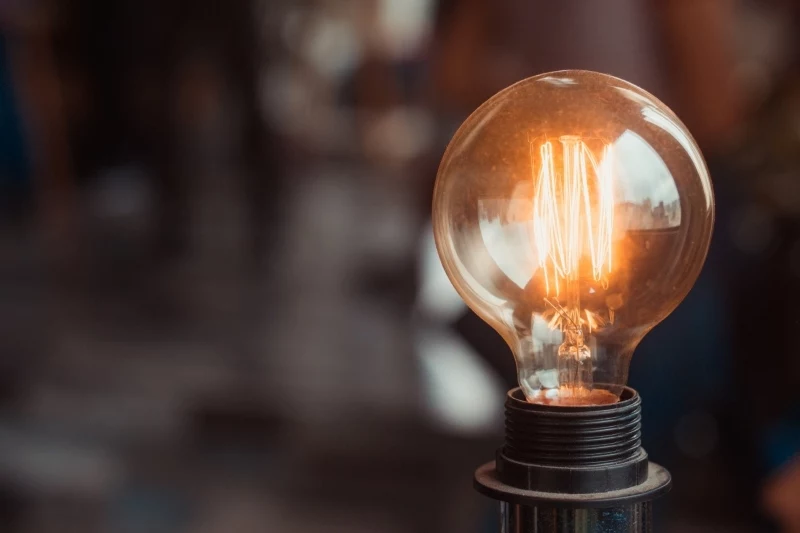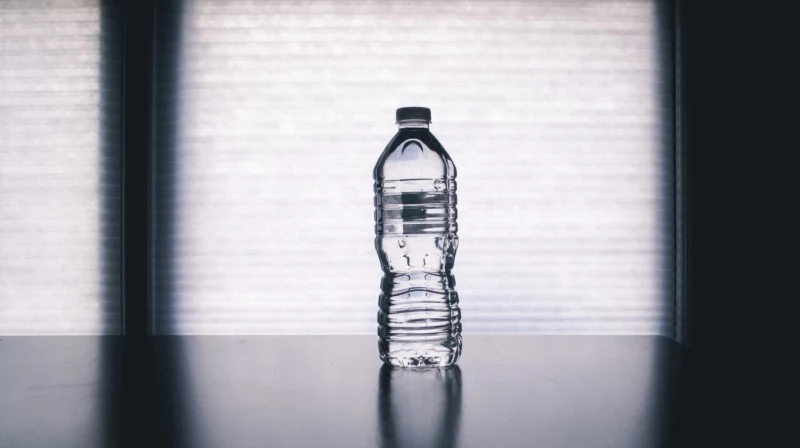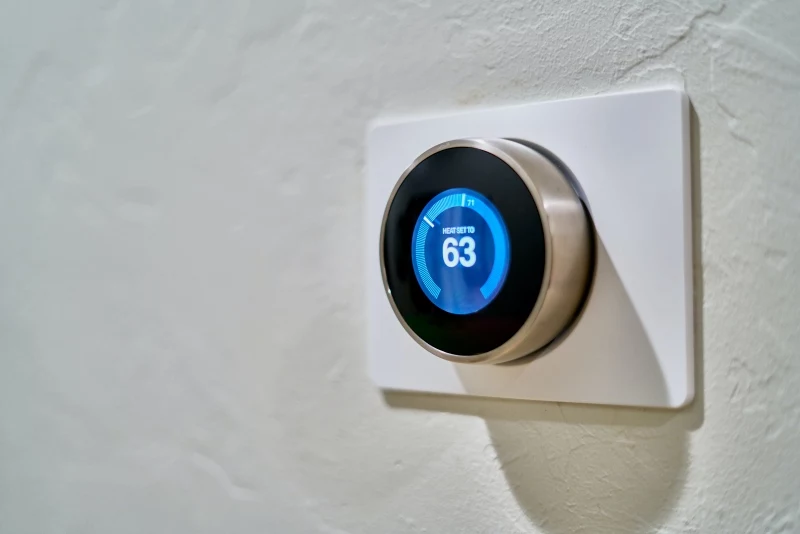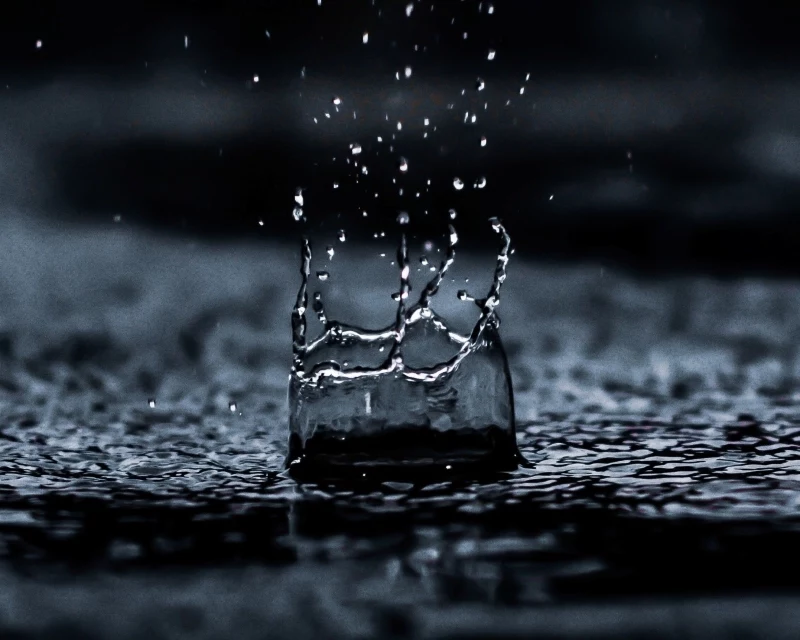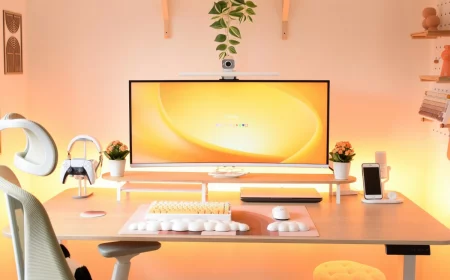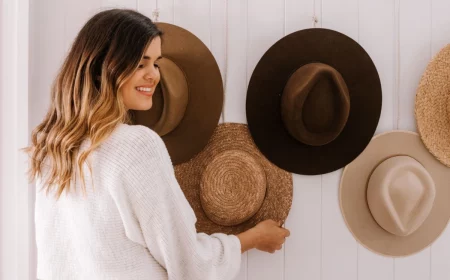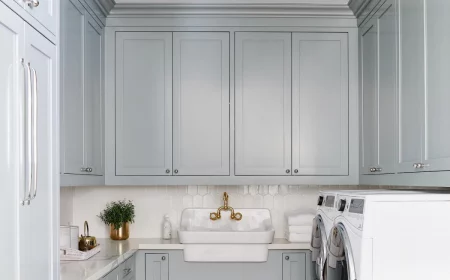Three Ways to Make an Eco-Friendly Home
With the slow degradation of our world, from the melting ice caps to the increasing pollution of land, seas, and air, the need for eco-friendly living is more important than ever. A lot of us may think it’s a problem too big for us to have any significant impact on, but there are little things we can all do to contribute to saving our world.
One of the ways you can help Mother Earth is by building an eco-friendly home. An eco-friendly home, or an ecohouse, is a house built to better the environment by lowering the energy used around your home and reducing your carbon footprint. In other words, it’s a house built to reduce the greenhouse gasses that are generated by our actions.
In this article, we’ll explore three major ways you can make your home more eco-friendly.
How to Make Your Home More Eco-Friendly
1) Make your home interior eco-friendly
Turning the inside of your home into a space that conserves energy is vital for the environment. You can achieve an eco-friendly interior through any of these methods:
Use LED bulbs over incandescent bulbs
You can save more energy around your home by replacing regular light bulbs with LED bulbs. LED bulbs are more energy-efficient and work just as well as regular bulbs. Not to mention that they save you money (thanks to their lower energy consumption), and last much longer than traditional bulbs.
Save some energy with LED bulbs
Change your windows
Vinyl windows improve energy efficiency by creating additional resistance to heat transfer and insulating air pockets. They’re also immune to corrosion and insect infections, which is a huge plus.
An alternative to vinyl windows is polycarbonate plastic, a material used in eyeglasses, known for its durability and lightweight. It has low thermal conductivity, which reduces heating and cooling costs and still protects you in harsh weather.
Get a smart thermostat
Using a smart thermostat is a game changer. While regular thermostats allow you to adjust your home’s temperature and regulate it depending on outside factors, a smart thermostat has more to offer. Besides controlling the temperature, it monitors your preferences and actions in your home and acts based on them. It also informs you of how much energy you need to keep yourself cool or warm, depending on the weather conditions.
Stop using bottled water cooler dispensers
Although the plastic bottles used to store water in water dispensers are reusable, they require a lot of petroleum to create. Most companies don’t reuse old plastic bottles even though they’re perfectly reusable. New plastic bottles are created and old ones are discarded once they’re too dirty or worn out to be used any further. The now useless bottles are either incinerated or thrown out. Incineration requires a massive energy input, and throwing out plastic endangers animal and marine life.
Thankfully, there are more energy-efficient water cooler dispensers. These dispensers are compact and bottleless. The best water cooler dispenser get the job done while saving the environment.
Ditch the plastic bottles
Use a renewable energy source
Most homes rely on fossil fuels as an energy source, but they emit dangerous gasses that are poisonous to us and the environment. Renewable energy sources like solar energy are a better alternative. Installing solar panels may be costly, but they are an excellent energy source, and an overall great investment.
2) Making an eco-friendly outdoor environment
Here are a few things you can do to your home’s exterior to make your home as eco-friendly as possible.
Grow a garden
Plants take in carbon dioxide from the environment and release fresh oxygen and that green fragrance. Keeping a garden can help you clean out the air and soil around you, which is excellent for the environment.
Get eco-friendly outdoor patio furniture
Opt for eco-friendly outdoor furniture. Some companies are dedicated to creating beautiful furniture from sustainable materials, and that’s where you’d want to look. You can also shop from a local thrift store and refinish your chosen furniture with eco-friendly materials and fabrics.
Use more plants inside and outside
3) Use water filters
Water is a necessity for our everyday living and right now, an eco-friendly source of clean water is what the world needs. Water filters eliminate impurities from your water supply or even the rainwater you’ve harvested. Instead of buying plastic bottles of water, you can filter out the toxic impurities inside your water using water filters. This way, you drink clean water, and the environment is safe.
Types of water filters you can get include:
Mechanical filters
They remove larger particles from water using a mesh filter which traps the particles on the surface of the filter medium. The downside of this type of filter is that they cannot remove dissolved chemicals or tiny solids. To remedy this, manufacturers combine them with other water treatment systems that help in removing dissolved contaminants.
Carbon absorption filters
Carbon is the base material used here. It has a large surface area with excellent absorption characteristics, making it very effective at catching water-borne contaminants. It’s well suited for removing chemical impurities like chlorine.
Sequestration filters
These filters work by chemically isolating the impure substance. Polyphosphate is used in scale inhibiting filters by isolating magnesium and calcium materials that cause scale buildup and water hardness.
Smart homes are the future
Ion exchange filters
They soften hard water by exchanging magnesium and calcium ions found in hard water with sodium and hydrogen ions. The ion exchange method physically removes hard minerals, reducing limescale and making the water suitable for use.
Reverse osmosis (RO) systems
Reverse osmosis systems extract contaminants from water by forcing it through a semipermeable membrane with increased water pressure. Impurities are left behind on the other side of the filter.
RO systems are highly effective at purifying water. They are usually combined with absorption filters to minimize the number of impure substances remaining in the water.
RO filters can be relatively slow, but the system needs time to eradicate contaminants fully. That’s why every RO purifier comes with a storage tank. The storage tank holds already purified water (2 gallons or more), and when you consume the tank water, the filtration process continues. This means that you don’t need to wait for a glass of freshly filtered drinking water.
Bonus
A bonus way to get a more eco-friendly water supply in your home is by getting a rainwater harvesting system. It helps you save and use water over time.
There are different types of rainwater harvesting systems. They range from simple rain collection barrels to more sophisticated structures with tanks, pumps, and purification setups. The water from rainwater harvesting systems can be used for laundry, washing cars, flushing toilets, and watering plants. You can’t drink the collected rainwater unless you purify it by filtration, though.
When appropriately used, rainwater harvesting systems can serve the whole family with clean, eco-friendly water.
Rain water harvesting systems are a great way to have clean, eco friendly water
